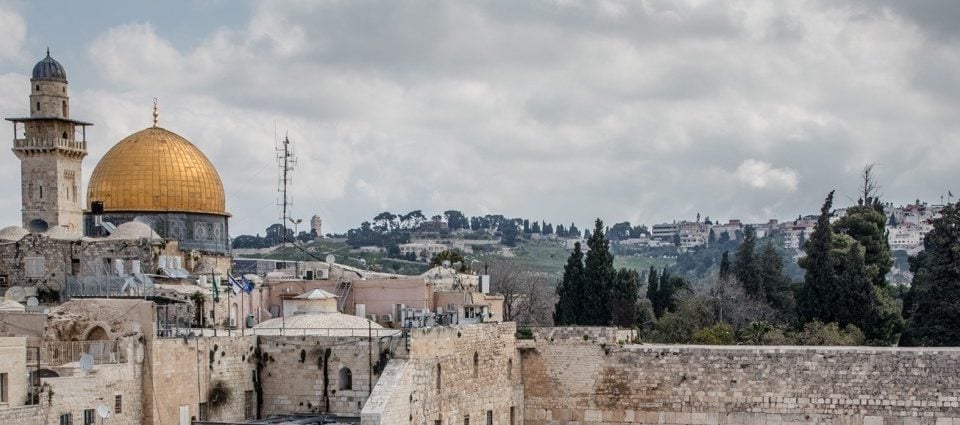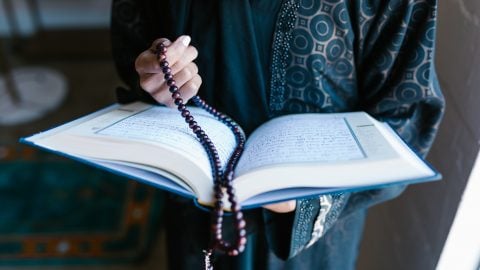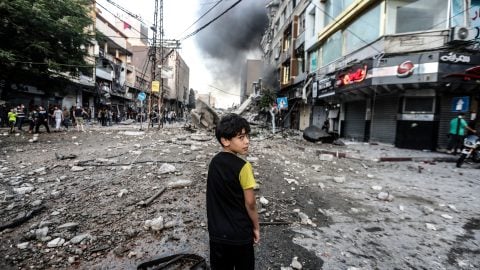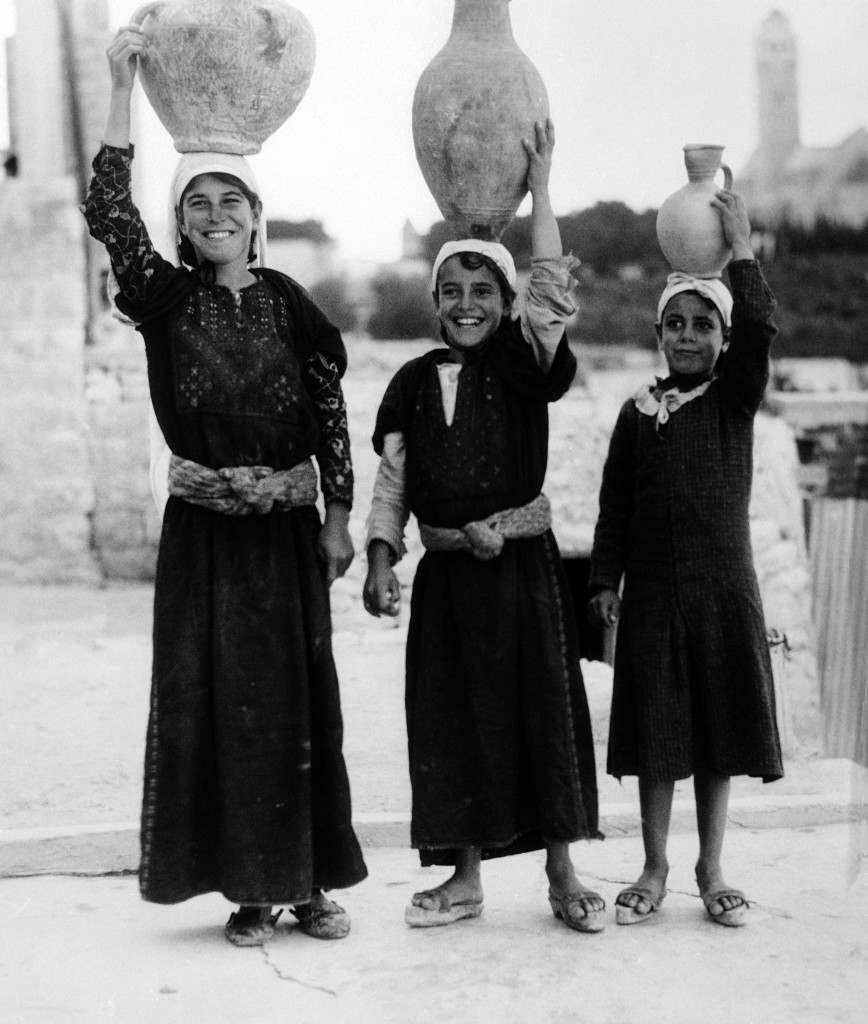
Palestine holds a special place in the hearts of millions around the globe, but there are many unknown facts about Palestine. Inhabited since the Stone Age, and home to some of the holiest sites of the Abrahamic faiths, Palestine has seen the rise and fall of many empires, from the Babylonians and Romans to the British. Islam came to the region in the 7th century with the Rashidun Caliphate, which was the first empire to allow the return of the Jewish people following their expulsion by the Romans nearly half a millennium previously.
While much of the modern discussion of Palestine centers on the local conflict and occupation, its story and culture are often unrecognized. Falastin (the Arabic name for Palestine, derived from the Roman term Palaestina) is in fact a region rich in history and lessons for the world.
Facts About Palestine: The Legacy of the Olive Tree
The olive tree is one of the most iconic symbols of Palestine. Making up to 70% of all fruit-bearing trees in the country, the olive tree and its products contribute to roughly 2% – 4.6% of Palestine’s GDP. Beyond its economic significance, the olive tree represents a powerful tie to the past.
Palestine is home to the oldest olive trees in the world, which date back nearly 4,000 years. The tending of olive trees is passed down through generations, with many families having harvested from the same orchards for hundreds of years. The harvesting season takes place from roughly mid-October to November and is a time for families to gather and reflect.
“If the olive trees knew the hands that planted them, their oil would become tears”
– Mahmoud Darwish, Palestinian Poet
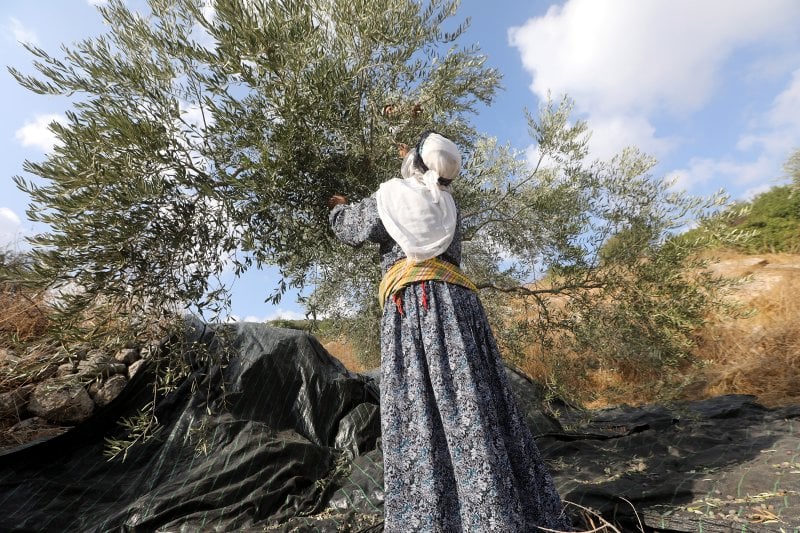
The olive tree itself conveys deep symbolism and meaning; their roots grow deep and are resistant to the harsh climate, much akin to the Palestinian people who are resilient in the face of ongoing adversity. Like the olive trees that have endured on the land for millennia, so too have the people of Palestine.
Facts About Palestine: Significance of Al-Masjid Al-Aqsa (East Jerusalem)
Some time near the year 671, the Prophet Muhammad (ﷺ) was sent on a miraculous night journey, Al-Isra’ Wal-Mi’raj, in which he was transported from Makkah to the site of Al-Aqsa in Jerusalem. It is here that he is said to have ascended to the heavens and lead the Prophets of the past in prayer. This location served as the first Qibla (the direction in which Muslims turn to prayer) in the early Islamic faith.
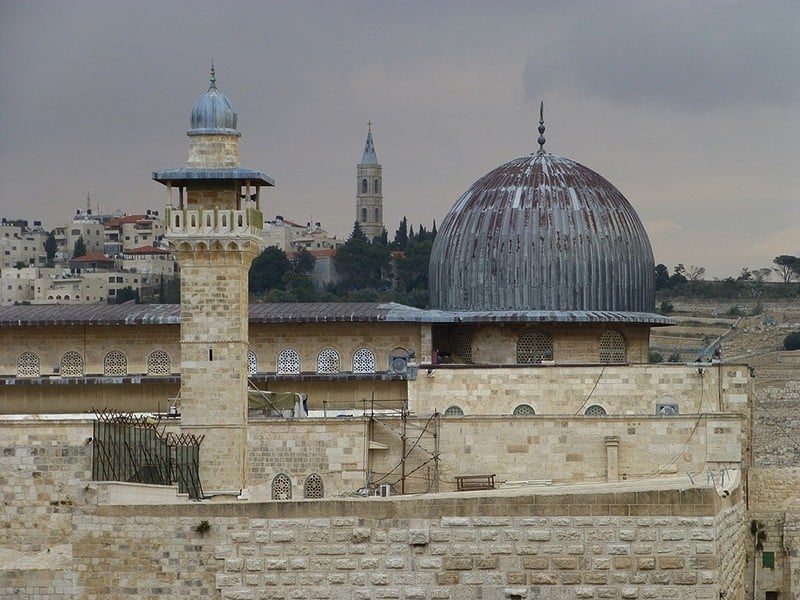
During the Umayyad dynasty, Caliph Abd al-Malik ibn Marwan commissioned the construction of Al-Masjid Al-Aqsa and the Dome of the Rock at this site overtop the Temple Mount (circa 692). At the time, it was the first dome to have been used in Islamic architecture. It was quickly adopted throughout the Muslim world so that now, it’s become a key and most recognizable feature of our architecture all over the world. None of the original structure remains today, as it was first destroyed in an earthquake in 746 and has subsequently been rebuilt and renovated by various ruling dynasties.
The actual site of Al-Aqsa is a point of confusion and is often thought to refer to the iconic image of the gold-leafed dome. However, Al-Aqsa actually consists of the entire 35-acre compound, which includes both the Dome of the Rock (the gold dome) and several individual mosques such as the Buraq Mosque and Marwani Mosque. Beyond its importance as a place of worship, Al-Aqsa houses a wealth of knowledge in its library which is divided into three sections: 1) humanities and Palestinian studies, 2) children’s education, and 3) Arabic language, literature, and Islamic studies.
Facts About Palestine: The Islamic Waqf System
The Islamic Waqf system has been vital in the preservation of Palestinian heritage. Waqf is a special status within Islamic law, typically conferred to a building or piece of land, that prevents the property from being exchanged or used solely for consumption. Once a property has received the status of Waqf, it is preserved to fulfill a specific role and its revenue is used solely for its beneficiaries which are often members of the public. With Waqf comes a special religious significance, as the property now belongs solely to God and can never be given away or inherited.
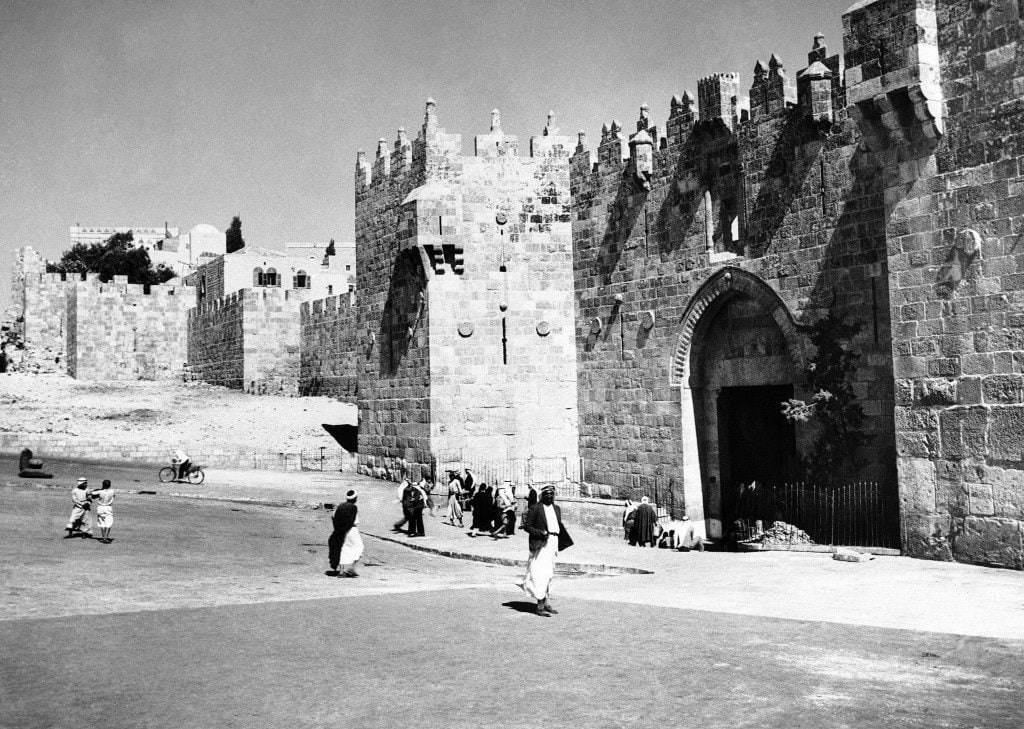
The Waqf system was established in Palestine shortly after the fall of Acre in 1291, a siege that marked the end of the crusades against Jerusalem. A significant number of buildings were given Waqf status during this time, including mosques, hospitals, and even fountains. During the Ottoman rule, major sites such as Al-Masjid Al-Aqsa were designated as Waqf that came under the direct supervision of state officials, while smaller Waqf properties were often left to local officials. The early establishment of Waqf allowed for the stability of these institutions and played a vital role in defining the iconic characteristics of Islamic architecture moving forward. All Waqf properties had deeds that outlined the conditions for their use, preservation, and beneficiaries; these early documents continue to serve as a vital source of information on these properties.
Facts About Palestine: The People’s Doctor
Dr. Izzeldin Abuelaish is a Palestinian-Canadian physician, activist, and five-time Nobel Peace Prize Nominee. He was born and educated in the Jabalia Refugee Camp on the Gaza Strip. He completed his residency in 2002 in obstetrics and gynecology in Be’er Sheva, Israel, and later specialized in fetal medicine in Italy and Belgium. He later went on to complete a Master’s in Public Health at Harvard University. Upon completing his training, Dr. Abuelaish worked as a physician in both Gaza and Israel, becoming the first Palestinian doctor in history to hold a position in an Israeli hospital.
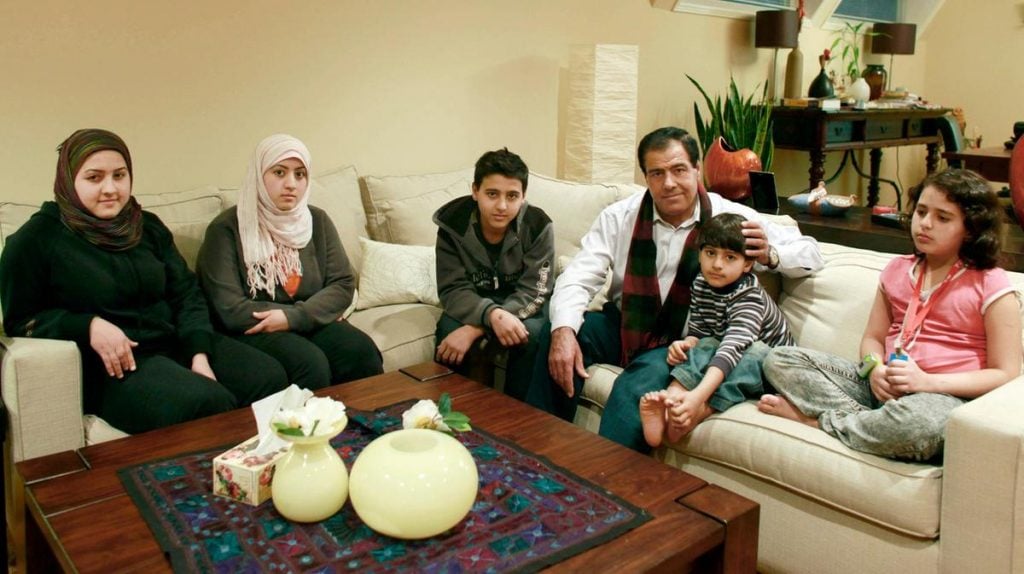
Dr. Abuelaish lost his wife in 2008 after a long battle with cancer, becoming a widower and single parent to eight children. Less than a year later, Dr. Abuelaish’s three daughters and niece were killed by an Israeli shell that struck their home in the Gaza strip. Despite his hardships, Dr. Abuelaish remained determined to not let anger overcome him, citing his faith as a major source of guidance and inspiration. He details his story in his autobiography, I Shall Not Hate, which is a compelling story of loss and the quest for peace. He also founded the Daughters for Life Foundation in honour of his daughters, which offers scholarships to young women of Middle Eastern descent.
Dr. Abuelaish now resides in Toronto with his family, where he is an associate professor at the Dalla Lana School of Public Health and is a strong advocate for peace in the Middle East.
Islamic Relief’s Presence
Islamic Relief has been working in Palestine since 1994, providing emergency humanitarian relief through food distribution and medical aid. We have also established permanent projects to help communities rebuild their lives in the long term, which include improving local access to education, water treatment and sanitation, and healthcare.
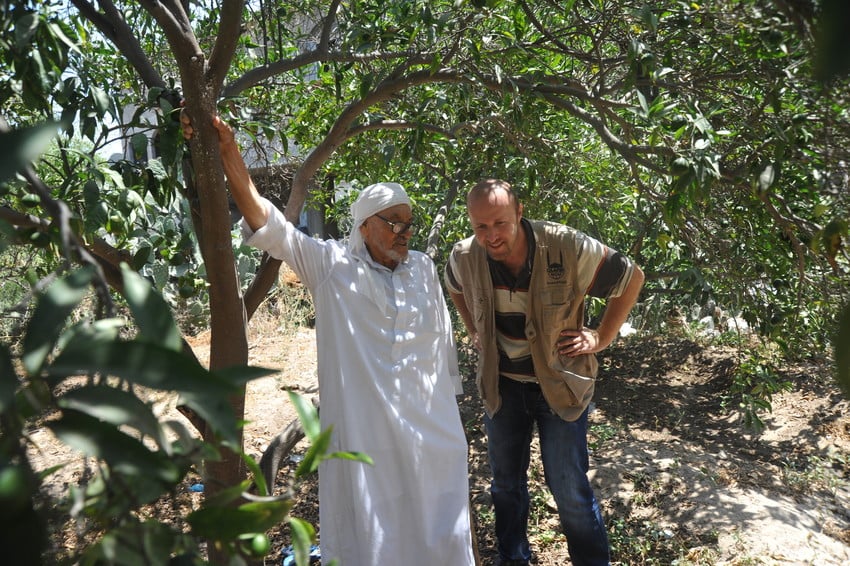
For survivors who have experienced trauma from the ongoing conflict, we have developed recreational activities and psychosocial support programs. Beyond this, Islamic Relief has an Orphan Sponsorship program which has been established since the start of our operations in Palestine, helping children get a strong and healthy start on life.
While we help the people of Palestine build a better future, it is important for us to learn and celebrate the rich past of the land and its people.
This post is one of three in our series on Islamic Heritage Month. To learn more about the Islamic heritage of other countries where we work, read our post on the unknown history of Muslims in Sri Lanka, and the legacy of Islam in Sudan!


